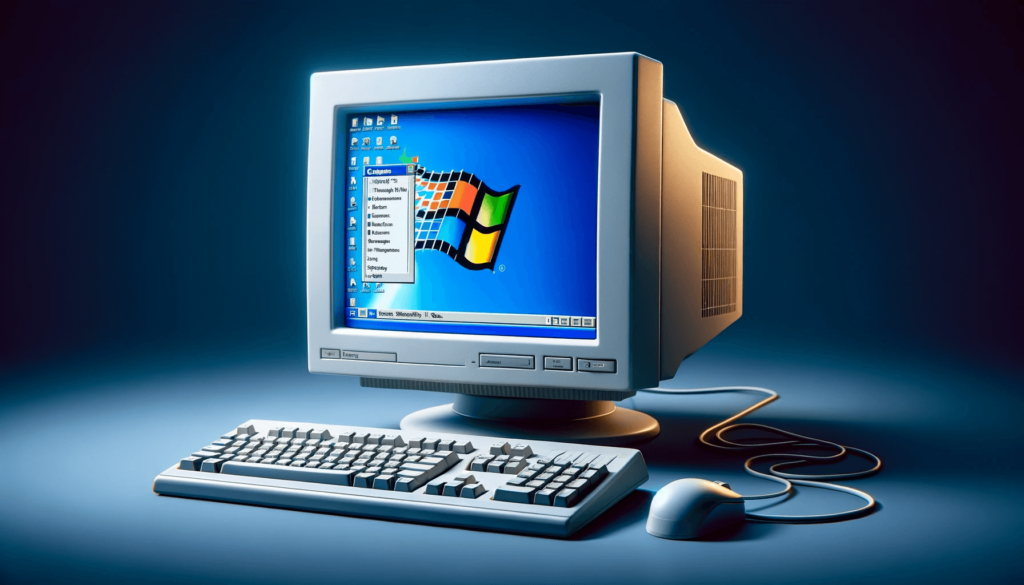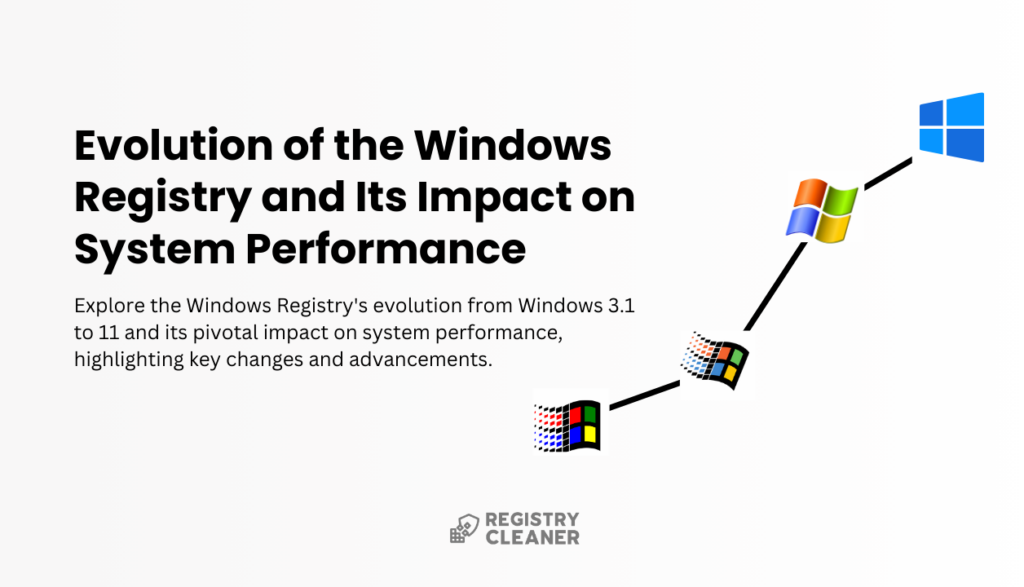The Windows Registry is an essential component of the Microsoft Windows operating system. It acts as a centralized database storing crucial settings and configurations necessary for the system to function effectively and efficiently.
The evolution of the Windows Registry reflects the changing needs and technologies over the years, significantly influencing how Windows operates and performs.
The Beginnings: Windows 3.1 to Windows 95

Windows 3.1: The Origin
The Registry made its debut in Windows 3.1, marking a shift from the fragmented INI files to a more organized, centralized system for storing configuration settings. This was a significant step towards simplifying system management and laid the groundwork for future advancements in Windows operating systems.
Windows 95: Establishing the Foundation
With the launch of Windows 95, the Registry became more robust and comprehensive. It addressed the limitations of previous versions and provided a more stable and efficient environment for managing system settings. This era set the tone for the Registry’s critical role in Windows operating systems.
Refinement Era: Windows 98 to Windows XP

Windows 98 and ME: Expanding Capabilities
Windows 98 and ME brought further enhancements to the Registry, expanding its capabilities and improving system performance. These versions introduced user profiles, adding a new dimension of personalization and security to the Windows experience.
Windows 2000 and XP: Stability and Compatibility

The focus shifted to stability and compatibility in Windows 2000 and XP. The Registry played a crucial role in ensuring system reliability, and improvements were made to maintain compatibility with older applications, showcasing Microsoft’s commitment to user needs.
Modernization: Windows Vista to Windows 10

Windows Vista: Enhancing Security
Windows Vista introduced significant changes for increased security, particularly in how the Registry was accessed and modified. The introduction of User Account Control (UAC) marked a new era of protection for critical system settings, reflecting an evolving understanding of security needs.
Windows 7: Performance Optimization
In Windows 7, efforts were concentrated on streamlining the Registry for faster access and improved system speed. This version aimed to reduce registry bloat and enhance overall system stability, addressing some of the long-standing challenges of registry management.
Windows 8 and 10: Adapting to New Technologies
The Registry continued to evolve in Windows 8 and 10, adapting to support new user interfaces, cloud-based services, and cross-device functionality. These changes underscored the registry’s adaptability and its ongoing importance in maintaining system efficiency.
Additionally, the emergence of registry cleaners has become a notable aspect in maintaining system health, complementing the advancements in the Windows operating system
The Current State: Windows 11 and Beyond
As Windows continues to evolve with Windows 11 and beyond, the Registry remains a vital component, adapting to new technologies and user needs. The ongoing changes and improvements in the Registry reflect a continuous commitment to optimizing system performance and enhancing the user experience.
Conclusion
The evolution of the Windows Registry from its humble beginnings to its current complex form is a testament to Microsoft’s dedication to improving system performance and user experience. As technologies and user needs have evolved, so has the Registry, ensuring that it remains a critical component of the Windows operating system.


